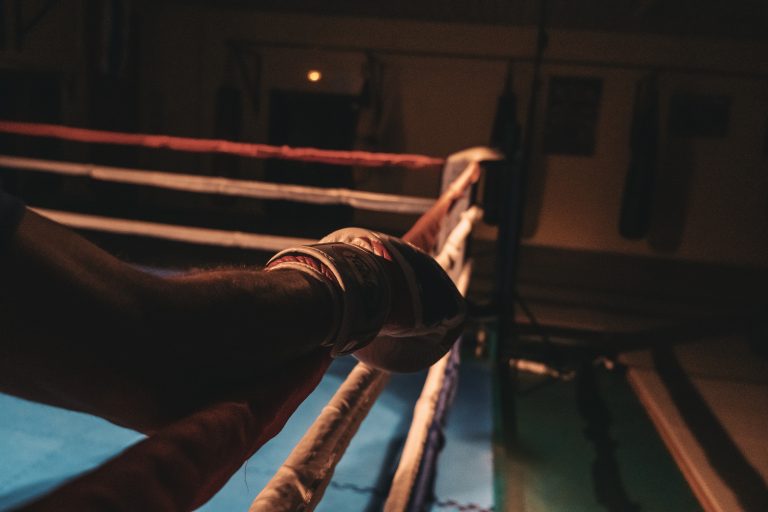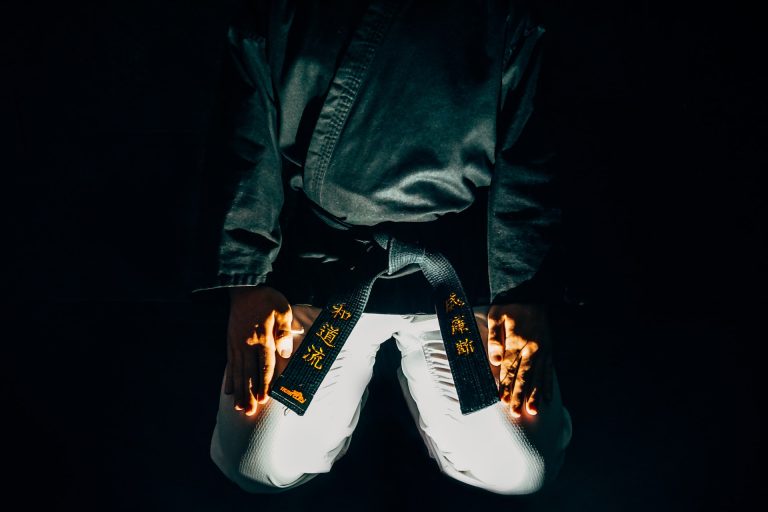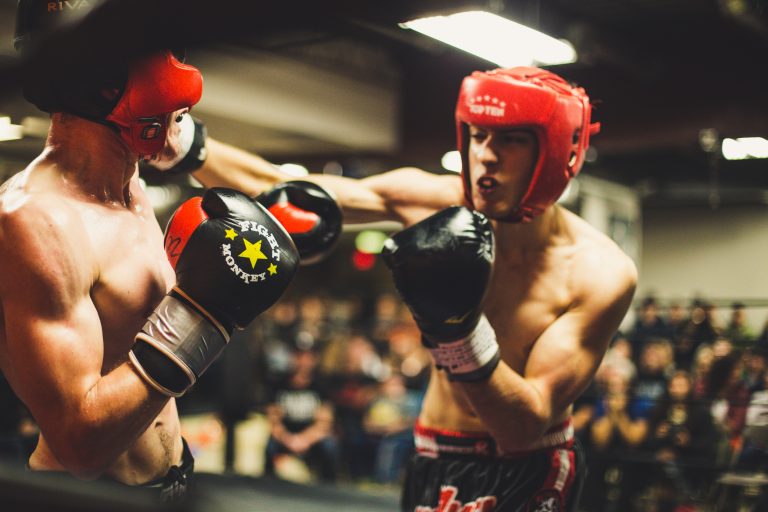Can Karate Help to Reduce Violence in Schools?
As concerns about school violence continue to rise, many schools and communities are looking for ways to make their schools safer. One proposed solution is to introduce martial arts programs such as karate into the school curriculum as a way to teach students discipline and respect, while also reducing the incidence of violence in schools.
Karate as a Means of Self-Defense
Karate is a form of martial arts that originated in Japan and has been practiced for centuries. While the practice is often associated with physical self-defense, it is more than just a technique to overpower an attacker. The core principles of karate, such as respect for oneself and others, self-discipline, and a commitment to non-violence, could also have an impact on reducing violent behavior in schools.
Why Karate Might Be Beneficial for Schools
There are several reasons why introducing karate to schools could be beneficial. One reason is that it can help students develop a sense of self-discipline and respect for others. The training involved in karate requires students to learn how to keep their emotions in check and to respect their instructors and training partners.
Another way in which karate can help reduce violence in schools is through building self-confidence. In many cases, students become bullies or engage in violent behavior because they lack confidence in themselves, and karate can help them gain that confidence. Karate also provides students with a sense of empowerment, which can give them the tools they need to stand up to bullies or avoid potentially violent situations altogether.
Implementing Karate Programs in Schools
In order to have a positive impact on reducing violence in schools, karate programs would need to be introduced in a specific way. One suggestion is to offer karate as an elective course, separate from regular physical education classes. Another option would be to provide karate as an after-school program, allowing students to choose to participate voluntarily.
It’s also important to ensure that karate programs are taught by qualified and experienced instructors with a focus on the principles of non-violence and respect. Instructors should also be trained to recognize and handle situations where students may be struggling with aggression or violent tendencies.
Conclusion
While there is no single solution to reduce violence in schools, introducing karate programs could be a step in the right direction. Karate provides an opportunity for students to develop self-discipline, confidence, and respect for others, which could help reduce the incidence of violence in schools.
Can Karate Help to Reduce Violence in Schools?
There has been an ongoing debate on whether karate can help to reduce violence in schools. Violence in schools has been a major concern for students, parents, teachers, and the government. According to the National Center for Education Statistics, in 2018, about 962,300 violent incidents happened in U.S public schools. This alarming statistic has prompted schools to look for alternative ways to curb violence. One of the ways to deal with this issue that has gained traction is the introduction of karate classes in schools. In this blog post, we will attempt to answer some of the most common questions surrounding the effectiveness of karate in reducing violence in schools.
What is Karate?
Karate is a martial art that originated in Japan, from where it spread to other parts of the world. Karate involves a series of moves, punches, kicks, and blocks aimed at defending oneself from an opponent. It is not just about physical training, but it also teaches self-discipline, respect, and self-control.
How can Karate help to reduce violence in schools?
Karate can play a crucial role in reducing violence in schools because it has a holistic approach to self-defense. It emphasizes not just physical strength but also mental and emotional control. By teaching values such as self-discipline, respect, and self-control, karate students learn to avoid getting into violent situations.
It also instills a sense of responsibility in students to use their karate skills in a non-violent manner. In addition, karate students learn techniques to de-escalate potentially violent situations, so they do not need to use physical force. By providing students with the necessary skills and tools to control their emotions and handle conflicts, karate can help reduce violence in schools.
Is Karate a proven method to reduce violence in schools?
Studies have shown that the introduction of karate in schools can lower violence rates. A study conducted by the National Institutes of Health found that high school students who participated in a karate program showed a significant reduction in aggressive behavior. The study concluded that karate can help to reduce school violence by improving the students‘ self-control and social skills.
Another study published in the Journal of Aggression, Maltreatment & Trauma concluded that karate can be an effective intervention for reducing aggression and improving self-esteem and resilience in students. The study found that students who participated in a karate program had better conflict resolution skills and higher confidence levels.
What is the best way to implement Karate in schools?
To ensure that karate is implemented effectively in schools, it is recommended that schools work with experienced martial arts instructors. The instructors should have the necessary experience and qualifications to teach karate to students.
The class sizes should be kept small, so the instructor can focus on individual students‘ needs. It’s also essential to provide students with the right safety gear and equipment to prevent injuries during training.
The most successful karate programs in schools involve a combination of classroom lessons and physical training. Classroom lessons should focus on the values and principles of karate, such as respect, self-discipline, and self-control. Physical training should focus on building students‘ physical abilities as well as teaching them self-defense techniques.
Conclusion
Karate can be a useful tool in reducing violence in schools. It provides students with the necessary skills and tools to control their emotions, avoid violent situations, and resolve conflicts peacefully. However, it’s essential to ensure that karate is implemented effectively in schools by working with experienced instructors, keeping classes sizes small, and balancing classroom lessons and physical training.
By teaching students karate, we can empower them to deal with conflict and violence in a positive and constructive way. We hope that this blog post has answered some of the most common questions surrounding the effectiveness of karate in reducing school violence. If you have any questions or comments, please feel free to share them with us.
Inhaltsverzeichnis





